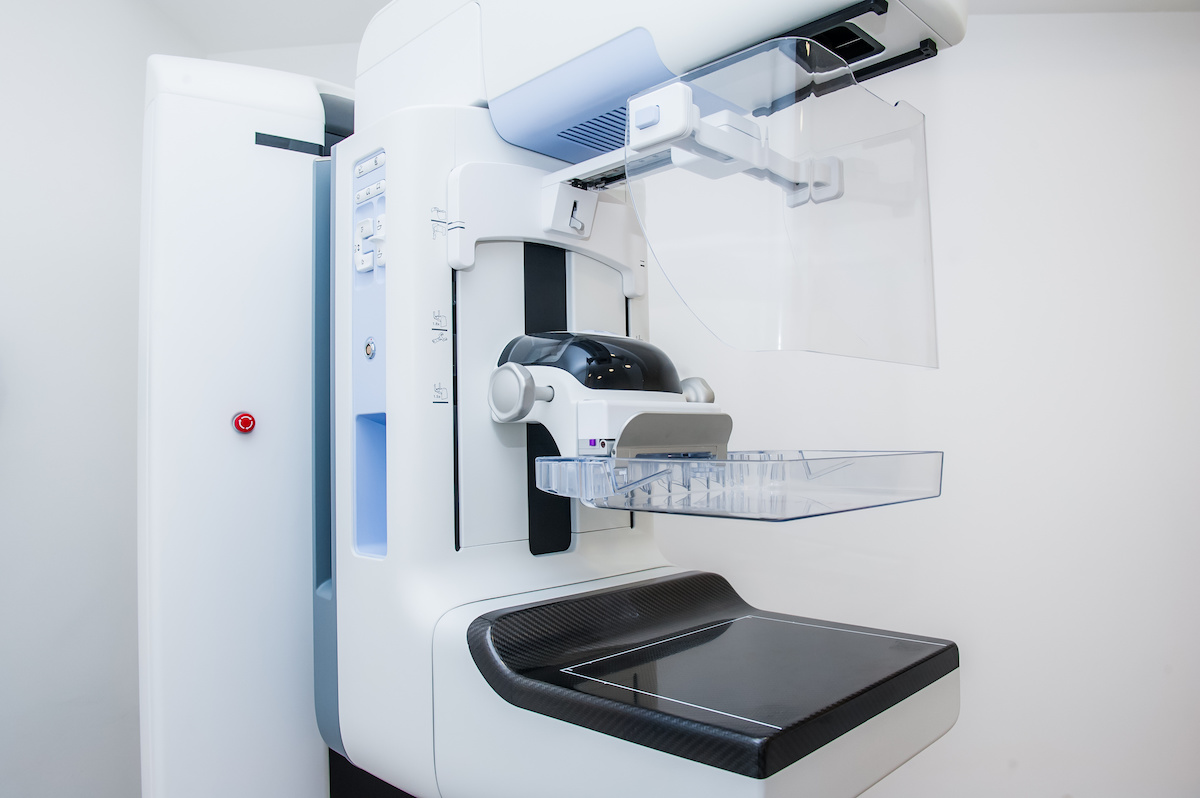According to the American College of Cardiology, heart disease is the leading cause of death among women. However, an estimated 45% of women are unaware of this statistic. In honor of National Heart Month this February, we’re discussing the connection between an OB/GYN and cardiovascular health. You may be surprised to learn how large of a role an OB/GYN can play in a woman’s heart health.
OB/GYN and Cardiovascular Health
As OB/GYNs, we prioritize women’s overall health and well-being. With that being said, at Green Valley OB/GYN, we want to ensure that women understand the relevance of heart disease and its associated risks. Here are four ways going to an OB/GYN and cardiovascular health are connected.
How an OB/GYN Can Improve Heart Health
- Counsel and evaluate a patient’s heart health during annual well-woman exams.
Cardiovascular health is linked to many other variables, including obstetrics and gynecology. A well-woman exam is an annual preventative exam focusing on routine health maintenance. In addition, it evaluates a patient’s behavior in terms of leading a healthy lifestyle. Many risk factors associated with cardiovascular disease also have a negative effect on a woman’s general well-being. These risk factors include high blood pressure, smoking, lack of exercise, and being overweight.
Smoking, especially, can take a toll on a woman’s reproductive or gynecological health. It can increase one’s risk of infertility, cervical cancer, early menopause, or painful and irregular menstrual cycles. Well-woman exams are an opportunity to develop a plan to promote a healthier lifestyle. You can work with your OB/GYN to address overlapping risk factors between cardiovascular health and obstetrics and gynecology.
- Reduce the risk of gestational diabetes.
There is a strong connection between heart disease and diabetes. According to the CDC, if you have diabetes, your likelihood of cardiovascular disease or stroke doubles compared to someone without diabetes. Gestational diabetes is a type of diabetes seen in pregnant women who did not have diabetes prior to pregnancy. It occurs due to your body’s inability to produce enough insulin during pregnancy.
Leading a heart-healthy lifestyle before getting pregnant is a method of reducing the risk of gestational diabetes. Focus on eating heart-healthy foods, such as fruits and vegetables, whole grains, minimally processed foods, and protein from plants, low-fat dairy, or lean meat. Additionally, the American Heart Association recommends at least 150 minutes of moderate physical activity or 75 minutes of intense physical activity each week.
If you are overweight pre-pregnancy, working to lose weight through diet and physical activity can also help prevent this type of diabetes. Healthy foods and exercise play a significant role in treating or managing gestational diabetes, as well.
- Treat cardiovascular risk factors specific to female health issues.
Hormonal conditions and autoimmune disorders specific to women can affect heart health. For example, polycystic ovarian syndrome (PCOS) often occurs in women with an insulin imbalance. Diabetes plays a prominent role in heart health; therefore, an insulin imbalance seen with PCOS could affect a woman’s cardiovascular health. PCOS can be a huge risk factor for heart health. In fact, studies have found that women with PCOS are twice as likely to encounter a future cardiovascular event, such as a heart attack or stroke.
Consulting with an OB/GYN regarding PCOS can help you manage and treat your symptoms with lifestyle changes and medication. It can also simultaneously help reduce one’s risk of cardiovascular issues in the future.
- Fill the gap between OB/GYN and primary care providers.
Some women may neglect their primary care visits even though they are diligent with scheduling their OB/GYN visits. Your women’s health provider can help bridge the gap between the two by advising on topics typically discussed with a primary care physician, such as body weight, heart health, unhealthy behaviors, and more. If your OB/GYN believes some of your lifestyle habits put you at a higher risk for cardiovascular issues, they can refer you to a primary care physician or cardiologist.
Contact an OB/GYN
At Green Valley OB/GYN, our physicians recognize the importance of heart health within gynecology and obstetrics. Focusing on women’s health means also prioritizing cardiovascular health. If you’re looking to learn more about how an OB/GYN and cardiovascular health are connected, contact us at (336) 378-1110.









